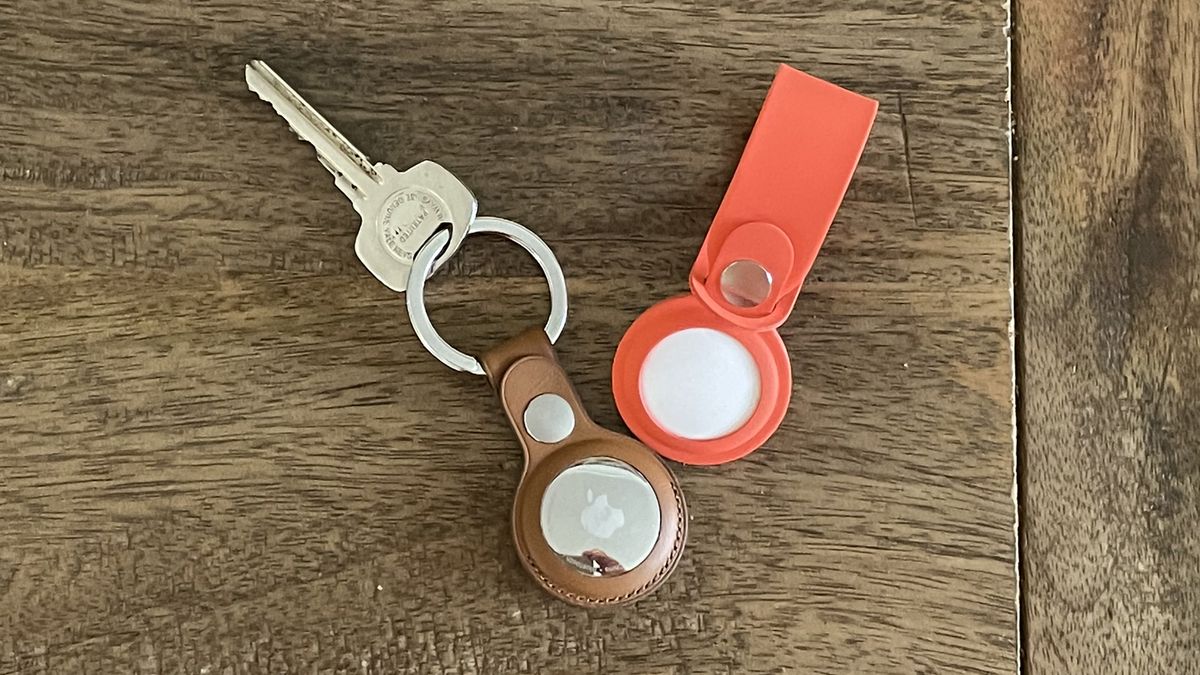Pfizer and PAGs forge a more equitable future for public health
You don’t need us to tell you that the past few years were a challenging time for the global healthcare system. You likely gleaned it from the headlines with every refresh — the shortage of hospital beds, a deluge of news and complicated medical information, and patients being turned away for annual wellness exams, mental health visits, and even chemotherapy treatments.
This is where patient advocacy groups, or PAGs, have stepped up to meet the evolving needs of patients. Patient advocacy groups are organizations that provide education, resources, support services and more to patients and their caregivers. Basically, PAGs play the all-too-important role of bridging the gap between patients and the medical system.
Patient advocacy groups around the world have long been a source of community and support for patients. At the onset of the pandemic, if a patient couldn’t get the care they needed because of lockdowns, isolation or even loss of income, or if they were overwhelmed by confusing medical guidance, a PAG could serve as a touchstone for navigating their care. Fast forward to the now, and the demand for the additional support that PAGs provide shows no signs of letting up. Here’s a look at how a few PAGs, along with corporate partners such as Pfizer, upgraded their programs and resources to meet the challenges and needs of today’s patients.
State-of-the-art Artificial Intelligence and mental health
Mood Disorders Society of Canada (MDSC) is a PAG that works to give Canadians diagnosed with mood disorders better access to treatment. Pfizer has a longstanding history of collaborating with MDSC, but when the pandemic hit, Pfizer jumped in to help MDSC leverage cutting-edge technology to address the rise in anxiety, burn-out, depression, and post-traumatic stress disorder. The result was MIRA, a chatbot that uses artificial intelligence to provide patients with information on mental-health services. According to Dave Gallson, the National Executive Director of MDSC, MIRA was invaluable during the lockdowns. “MIRA leveraged technology to help Canadians find mental-health resources that had been pre-vetted,” he said. “We were able to meet folks where they were and when they needed it most.”
Updated digital tools for cancer information & care
Pfizer is also a proud partner of the Prostate Conditions Education Council (PCEC), a leading PAG for early prostate-cancer detection. When the pandemic started, PCEC and Pfizer collaborated to update their digital toolkit to include information on coronavirus and to update the resource to accommodate a pan-tumor patient audience. With the help of more than 20 advocacy partners, Pfizer and PCEC developed a digital resource that provided a wide range of cancer patients with information on COVID-19, plus tips on navigating the ins and outs of the new telehealth system. PCEC’s Vice President & Director of Early Detection and Awareness Programs, Renee Savickas, believes these digital tools helped patients feel in control of their health during confusing times. “Our resources provided vital information during a huge transition from in-person to virtual doctor visits,” she said. “By helping patients utilize telehealth visits, they were able to feel more confident in their treatment access.”
Hands-on COVID-19 care for underserved populations
Doctors For You (DFY) is a nonprofit that works to improve public health across the globe. It is especially invested in advancing health equity and its efforts include everything from natural-disaster relief to COVID-19 support. When the second wave of COVID-19 hit India and there was a dire shortage of hospital beds and oxygen, Pfizer supported DFY’s work to create a care center at the Yamuna Sports Complex in New Delhi.
The new facility offered medical and mental health care, as well as yoga and games to help patients deal with their fear. Additionally, Pfizer and DFY collaborated on a special space for children who were infected with the virus. Many praised the hands-on care at the center and DFY President, Dr. Rajat Jain, believes this is because the patients were put first. “A patient’s voice can open a door to reform medical care towards a better quality of health care,” he said, pivoting from the traditional doctor-knows-best mentality.
Informing and innovating the future
PAGs not only have a history of helping patients champion their healthcare needs through public health crises like COVID-19, but they’re also helping to shape the future of public health. These advocacy groups champion the patient perspective and offer valuable first-hand insights across the medical community from healthcare providers to government health agencies, and pharmaceutical companies. Through collaboration and partnership, PAGs voice community needs, improve access to treatment and outcomes, and provide critical support to patients when they need it most.


